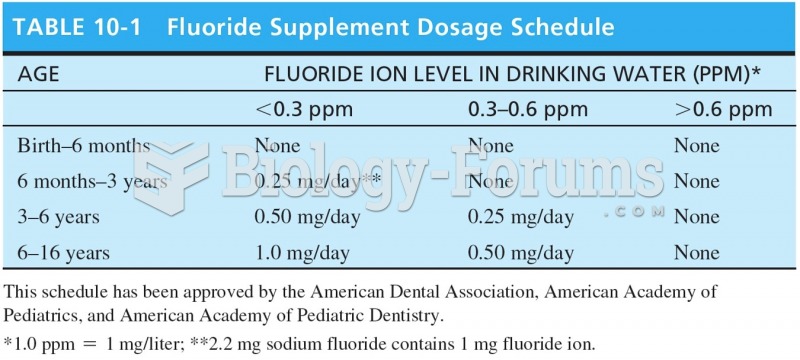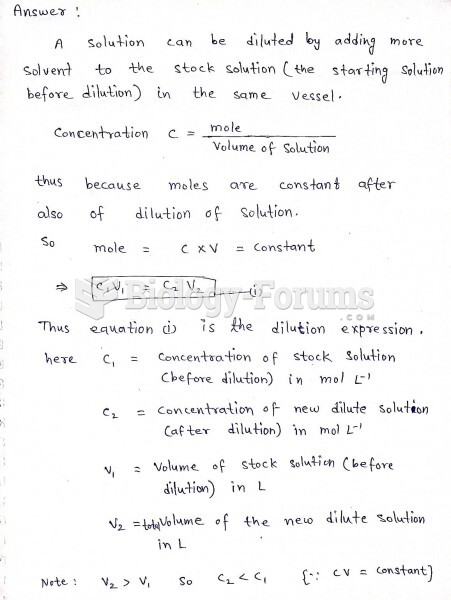|
|
|
The Romans did not use numerals to indicate fractions but instead used words to indicate parts of a whole.
The average adult has about 21 square feet of skin.
Certain topical medications such as clotrimazole and betamethasone are not approved for use in children younger than 12 years of age. They must be used very cautiously, as directed by a doctor, to treat any child. Children have a much greater response to topical steroid medications.
Hip fractures are the most serious consequences of osteoporosis. The incidence of hip fractures increases with each decade among patients in their 60s to patients in their 90s for both women and men of all populations. Men and women older than 80 years of age show the highest incidence of hip fractures.
Thyroid conditions cause a higher risk of fibromyalgia and chronic fatigue syndrome.
 Aristolochic acid (AA), a component of birthwort,a plant used in herbal remedies since ancient times
Aristolochic acid (AA), a component of birthwort,a plant used in herbal remedies since ancient times
 This lithograph of the New York draft riots, 1863, shows that although the rioters mainly targeted b
This lithograph of the New York draft riots, 1863, shows that although the rioters mainly targeted b





